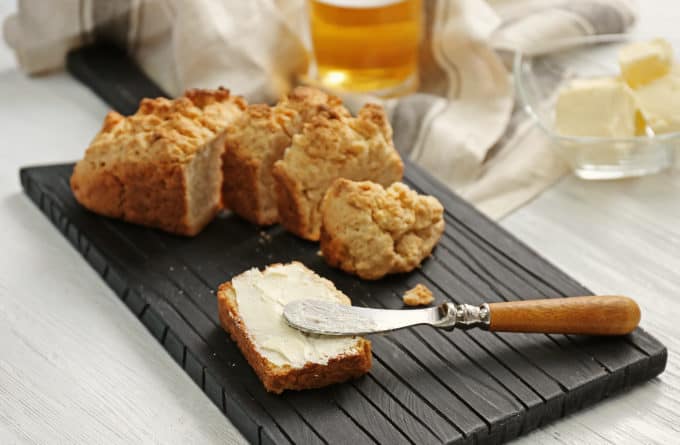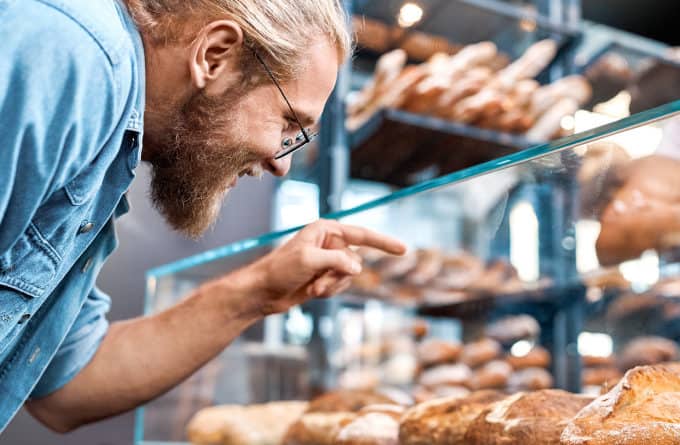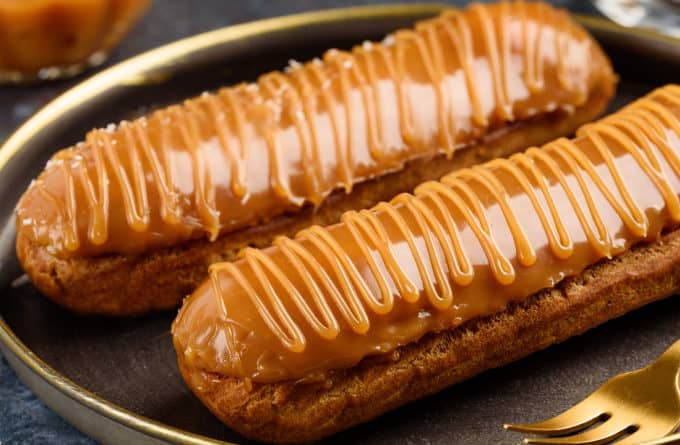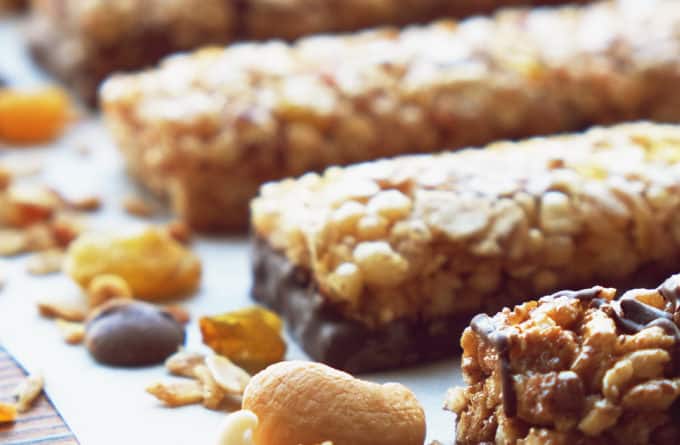
With lifestyles and trends constantly evolving, how are consumer attitudes changing towards baked goods in 2022? With market analysis by Innova, we delve into the factors that have changed consumer behaviour including COVID, the development of technology and social media as well as an increased interest in trying new flavours and limited edition products. Read our roundup of the latest changes to consumer attitudes below to help improve your product offering.
COVID affecting consumer behaviour
The effects of COVID have undoubtedly changed consumer habits but to what extent may that be? Well, 93% of consumers surveyed found that their lives have been affected by the pandemic and that it also had a negative impact on their mental health. As a result, most consumers have turned to food and beverages as a means to boost their moods in the past year.
The report also found that after COVID, consumers are most likely to try new food and drink and be more adventurous with their choices. In terms of generations, Generation Z (those born between 1997-2012) and Millenials (those born between 1981-1996) are more likely to be adventurous with their food and drink purchases than older generations. So your bakery can experiment with new flavours and foods to incentivise new consumers to try your products.
It is not just the experience consumers get from eating delicious baked goods which infleunces their purchasing decisions – the types of ingredients used is in the spotlight more than ever. Driven by an increased appreciation for environmental concerns, baked goods with responsibly-sourced ingredients is affecting consumer behaviour too. Responsibly-sourced cocoa and palm-free ingredients are increasingly popular preferences for today’s conscious consumer.
Increased interest in trying new flavours and foods
When it comes to trying new foods and being open to new flavours, consumers of all ages, from 18 years old to 56+ years old, are significantly interested. The factors that influence flavour choice in food and drink include familiar taste, tasty nutrition, interesting textures as well as new and different. With your bakery business, try including some of these into your products and see how well your consumers react.
More and more food and drink businesses are becoming increasingly experimental with their products. Some of these experiments include:
- Adding sweetness to savoury items
- Adding unique ingredients to traditional food items
- Using decadent and indulgent flavours in products
- Combining flavours from different food categories such as dessert and confectionary
Botanical and floral flavours have also become a go-to for bakery innovations with hibiscus, orange blossom, ginger, lemon, lavender and more being increasingly used. In fact, there’s been a 16% growth in launches of food and beverages with floral flavours from 2016/2017 to 2020/2021.
Hydrid products: mixing it all together
The methods of hybridisation are developing with hybrid goods helping to give the excitement and novelty that consumers demand. Half of food and drink consumers said they would like to see more collaborative innovations to create indulgent flavour, texture and format combinations, with Millenials being the most adventurous, followed by Generation Z. However, when it comes to products with more interesting flavour combinations, there is no marked difference of opinion by age. So, regardless of the age of your customer base, you can combine different formats together to appeal to today’s increasingly digital world and your next hybrid idea might just be the next viral sensation!
Hybridisation can be used in different ways for your business:
- Co-branding: when a product features two brands and combines two familiar flavours
- Brand extension: when a brand that is well-known in one category expands into an entirely different one i.e. a chocolate brand releases an ice cream range
- Flavour crossover: when a particular taste that is best known in one category steps into an entirely different one i.e. alcohol in ice cream and chocolate
- Format combinations: Cronut (croissant-doughnut), cruffin (croissant-muffin), scuffin (scone-muffin), brookie (brownie-cookie) and townie (tart-brownie) for example all push the boundaries of traditional baked goods and create interesting new consumption experiences for consumers.
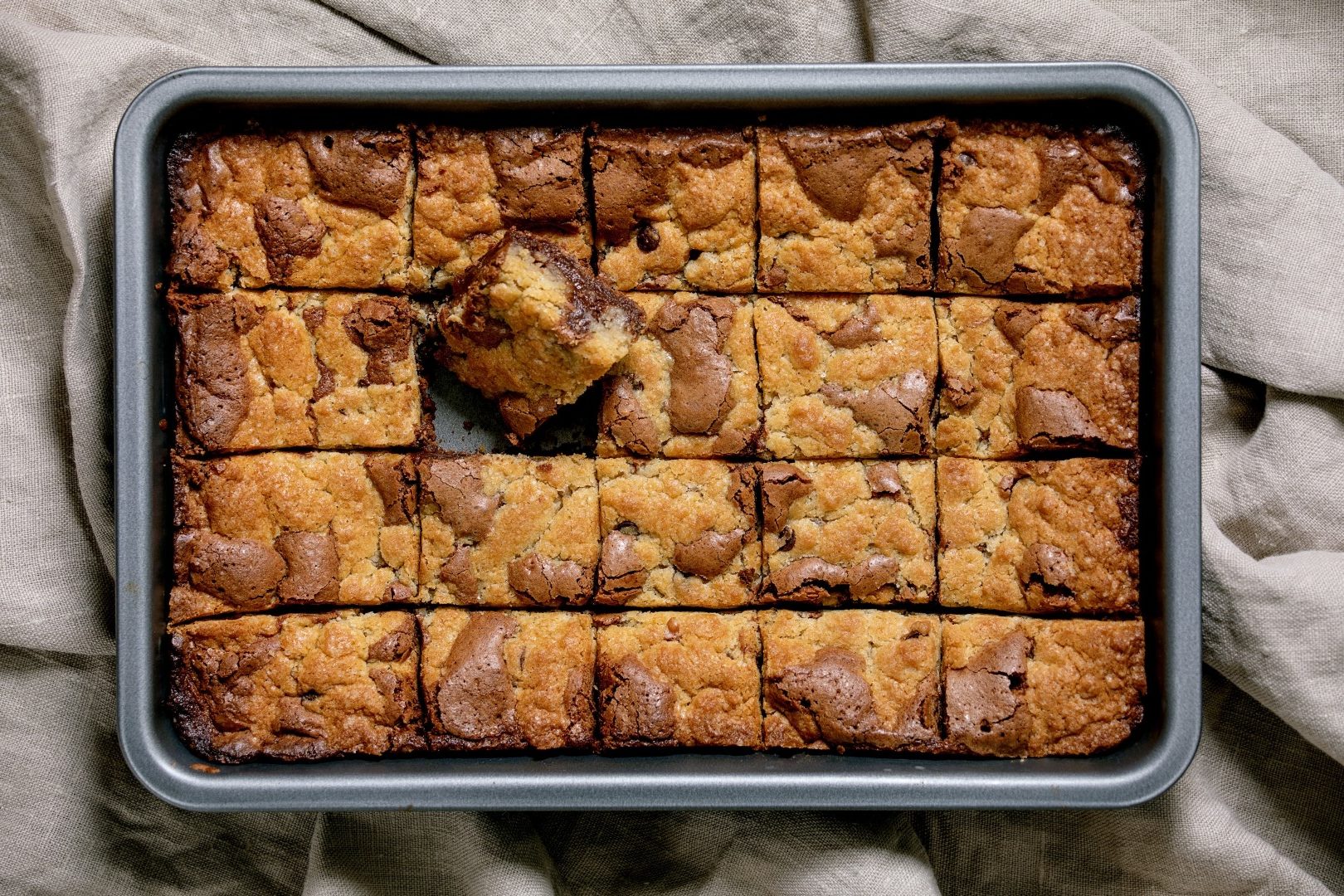
Co-branding becoming less popular to protect brands
A study of global NPD shows a decrease in co-branded product introductions in recent years. This may seem counterintuitive, but it is thought to emphasise the significance of brand protection and how businesses may shift brands and flavours across categories without always doing so in direct partnership with other businesses.
Travelling around the world through food
While COVID may have restricted travel, food and beverages were able to bridge that gap with ethnic flavour launches increasing at a CAGR of 4.5% between 2016/2017 to 2020/2021. Specifically, the flavours that have grown significantly are Korean and Indian flavours where they’re both experiencing segmentation (specific dishes) and diversification (expanding into new markets). Including these ethnic fusions into your product selection can satisfy consumer’s travel bug as well as their sense of adventure to try new flavours.
The appeal of innovation and AI
With the development of technology and social media, there are new generations of digital consumers emerging. In particular, millennials and Generation Z are most invested in the use of digital technologies, including social media and QR codes.
Overall, more than half of food and drink consumers use social media for information and ideas, with 33% saying they actively share their opinions about food online and 49% of consumers saying that they are likely to check a QR code that might appear on a product pack. With your bakery products, you can include QR codes to help provide more information about the product or encourage consumers to leave a review.

Are you keeping up with consumer preferences?
This year an exciting year for bakeries, and we’re also going to be moving with the times. As well as an increasing number of new and interesting recipes for bakers to try, many products in our range contain responsibly-sourced ingredients. Take the True Caramel range for example, over half of these are free from palm oil. With consumers more than ever responding to health claims on-pack, our Country Oven range of speciality bread mixes delivery bakers with a convenient range of ingredients to produce bread and rolls with nutritional and health claims, fit for today’s post-pandemic consumer.


